It's been just over a month since the capture and death of Libyan dictator Moammar Khadafy, ending his 42-year reign. Since then, the rebels have declared that the nation is liberated, installed a transitional government, and started the process of writing a constitution. Still, substantial problems remain. Pockets of fighting have erupted among rival tribes and some rebels have refused to give up their cache of weapons. Doctors continue to struggle to treat the wounded and sick, with a few of the most severely injured being sent to rehabilitation centers in Boston and elsewhere. Last weekend, Khadafy’s son, Seif, was captured and could face war crimes for his part in the conflict. --(40 photos total)

A general view of buildings ravaged by fighting in Sirte, Libya. Moammar Khadafy's hometown has paid a heavy price for sheltering him and trying to push back his opponents in the final battle of Libya's civil war. The fighting and what residents describe as wanton destruction by vengeful anti-Khadafy fighters have rendered much of Sirte uninhabitable, with hundreds of homes turned into broken shells.

Saif al-Islam Khadafy is pictured sitting in a plane in Zintan Nov. 19. Khadafy said he was feeling fine after being captured by some of the fighters who overthrew his father and he said injuries to his right hand were suffered during a NATO air strike a month ago.
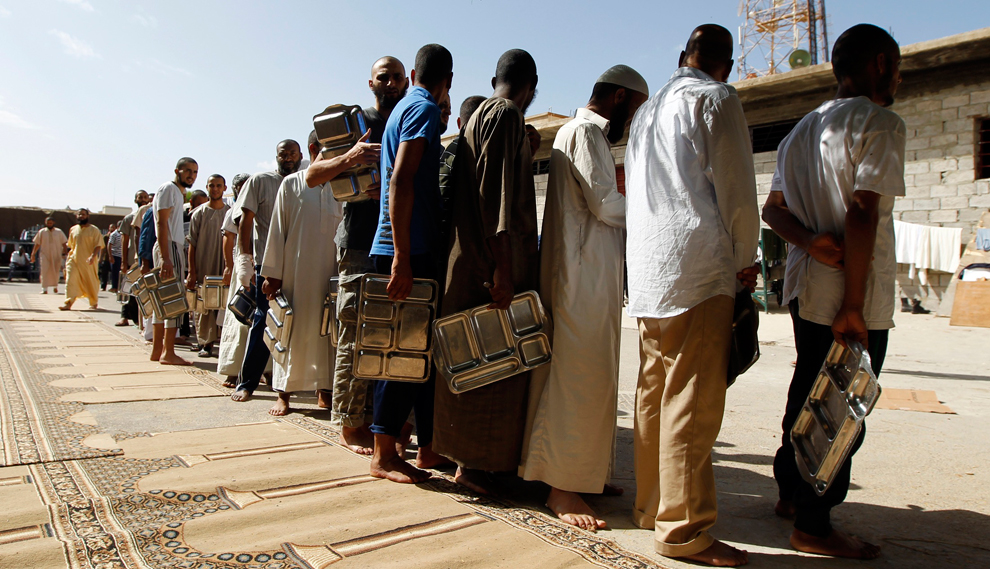
Soldiers loyal to former Libyan leader Moammar Khadafy wait in line for food at a jail in Misrata Oct. 26. (Thaier al-Sudani/Reuters)

Libyan men reflected in a puddle show the V-sign for victory as they celebrate the capture of Seif al-Islam, fugitive son and one-time heir apparent of former leader Moamer Kadhafi, in the eastern city of Benghazi on Nov. 19. Seif al-Islam, 39, who is wanted by the International Criminal Court was caught in southern Libya by former rebel forces. (Abdullah Doma/AFP/Getty Images)

A child stands in front of a bullet-riddled wall of her home, damaged during fighting between pro and anti-Khadafy fighters, after her family returned to Sirte Oct. 26. (Youssef Boudlal/Reuters)

Pictures left by fleeing residents are seen at the entrance of the abandoned town of Tawarga. Misrata militias carried out revenge attacks on the displaced residents of the nearby town of Tawarga, a stronghold of Moammar Khadafy loyalists during Libya's eight-month conflict, according to Human Rights Watch. (Joseph Eid/AFP/Getty Images)
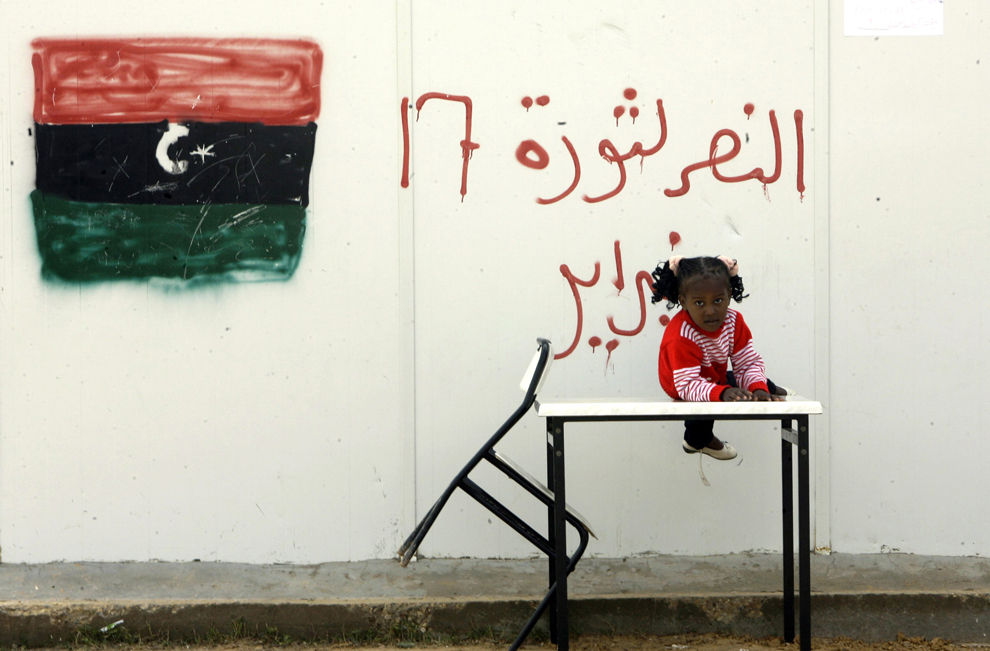
A young displaced Libyan girl from the city of Tawarga lives with her family in prefabricated houses set up for workers at a construction site in Tripoli on Nov. 3. Misrata militias are carrying out revenge attacks on the displaced residents of the nearby town of Tawarga, a stronghold of Moammar Khadafy loyalists during Libya's eight-month conflict, according to Human Rights Watch. (Joseph Eid/AFP/Getty Images)
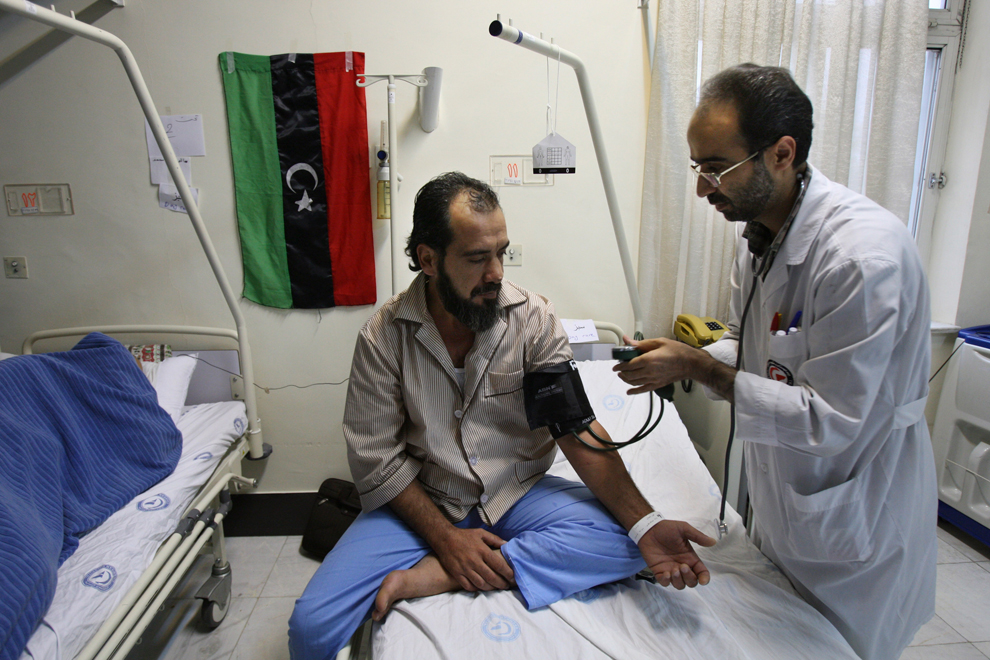
In front of the pre-Khadafy Libyan flag, an unidentified Iranian medic checks blood pressure of wounded Libyan man, Ali Mohammad, during his medical treatment in Chamran hospital in Tehran, Iran, Oct. 31. Hospital officials said 76 wounded Libyans arrived in the early morning of Thursday, Oct. 27, and a group of them are receiving treatment at Tehran's Chamran Hospital which is run by the Iranian Defense Ministry. (Vahid Salemi/Associated Press)
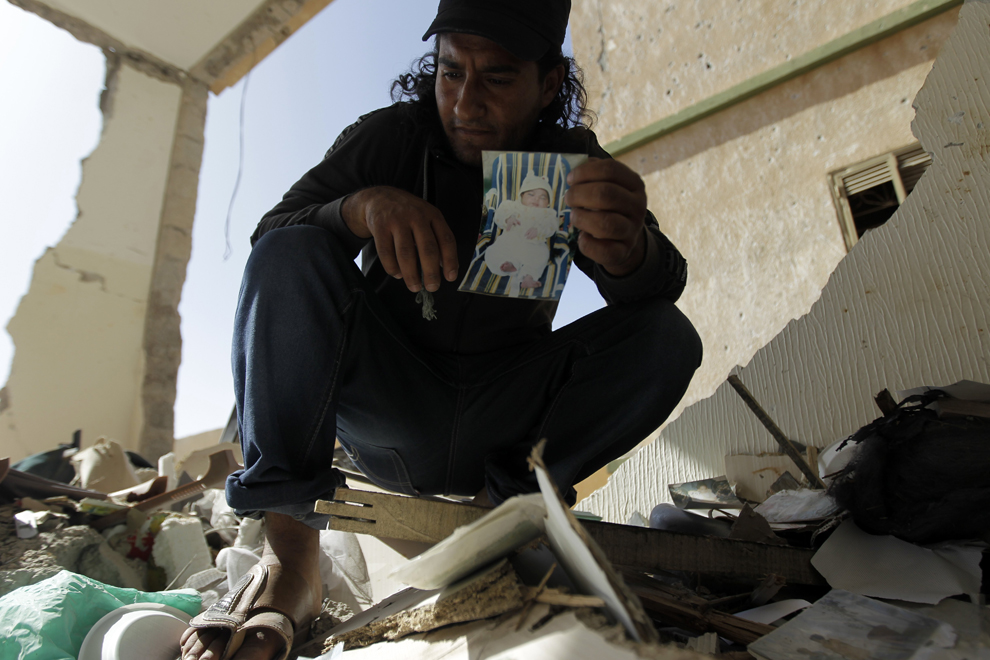
A Libyan man inspects his family's photo album inside his destroyed house in Sirte's sector 2 neighborhood on Nov. 6. Less then one percent of Sirte's residents have returned to the war-torn hometown of Libya's late leader Moammar Khadafy, where no festivities were witnessed this year to mark the end of the hajj pilgrimage to Mecca on Islam's main holiday of sacrifice. (Joseph Eid/AFP/Getty Images)
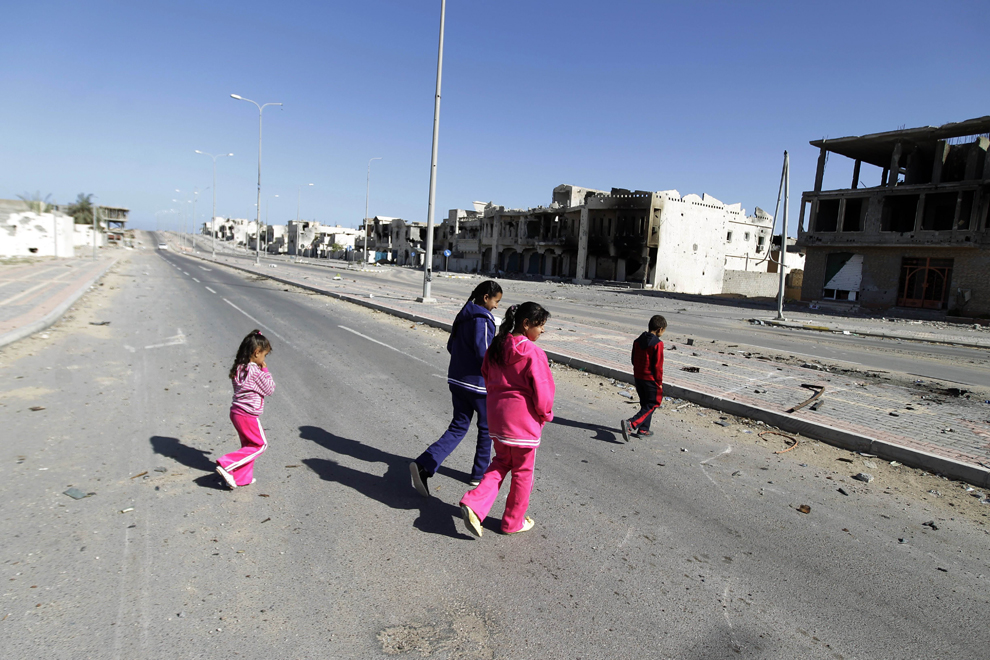
Libyan children cross the street in Sirte's sector 2 neighborhood on Nov 6. (Joseph Eid/AFP/Getty Images)
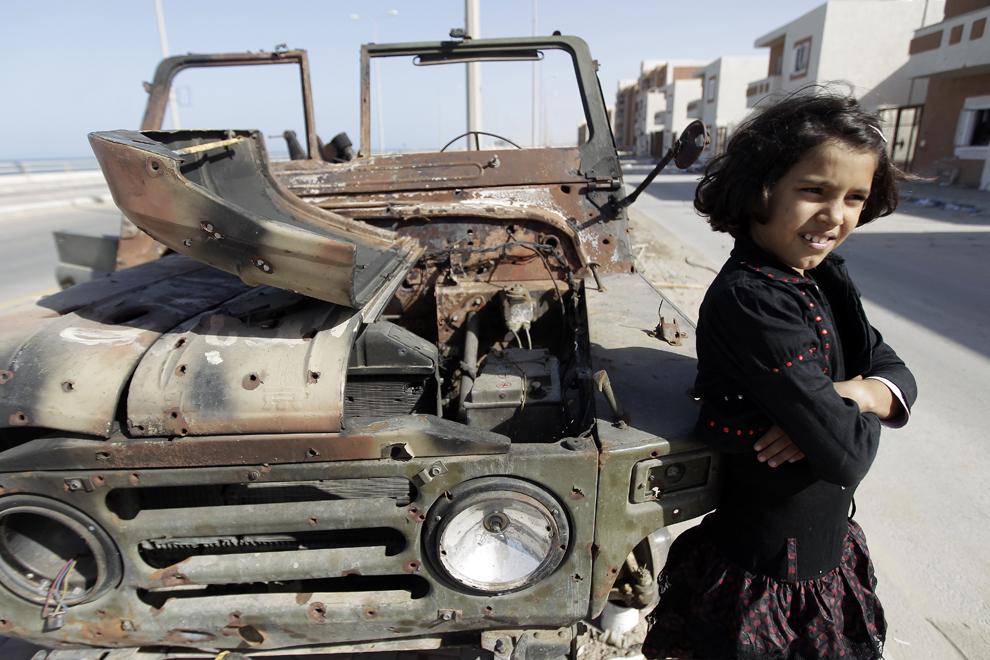
A Libyan girl leans on a destroyed military vehicle with her holiday dress as the remnants of Sirte's residents celebrated the Eid al-Adha feast on Nov. 6. (Joseph Eid/AFP/Getty Images)
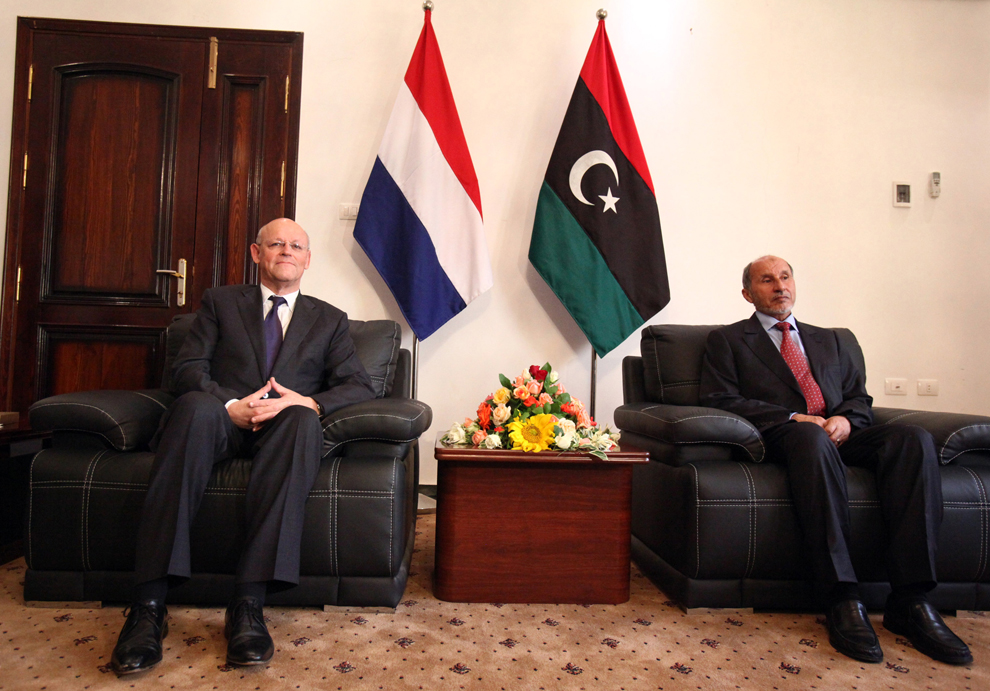
Libya's National Transitional Council chief Mustafa Abdel Jalil (right) meets with Dutch Foreign Minister Uri Rosenthal in Tripoli during Rosenthal's official visit to Libya on Nov. 13. (Mahmud Turkia/AFP/Getty Images)
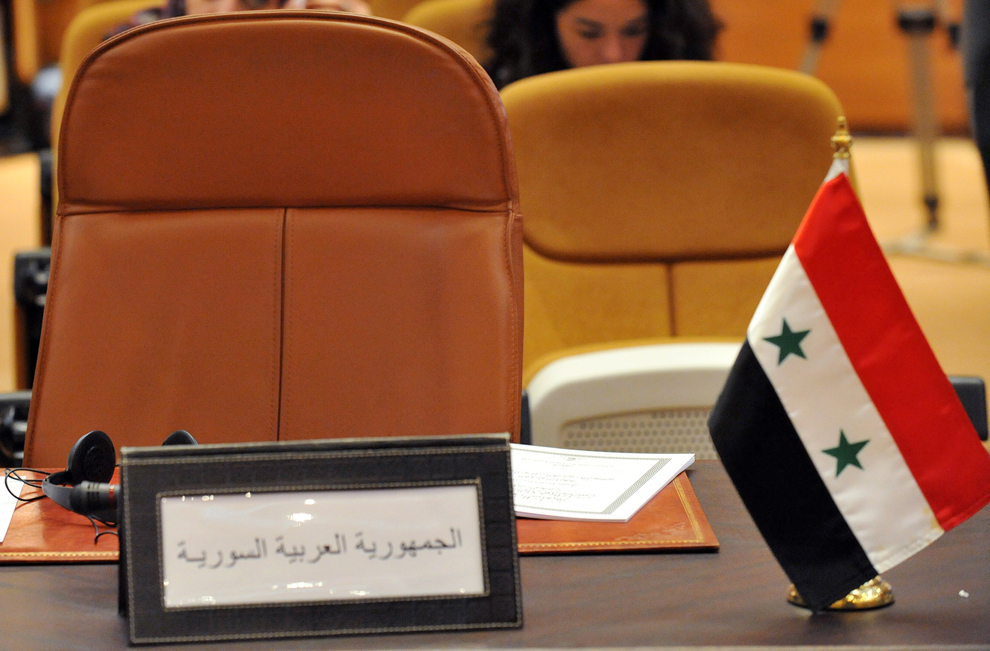
The empty chair of Libya is pictured in Rabat during a meeting of Arab nations on Nov. 16. Arab nations were to meet in Morocco to further tighten the noose around an increasingly isolated Syria, as Turkey warned its onetime close ally against feeding "on the blood of the innocent". Since the Arab League's landmark decision to suspend Syria over its crackdown on protests, only the third time a member was suspended in the pan-Arab body's history. (Abdelhak SennaAFP/Getty Images)
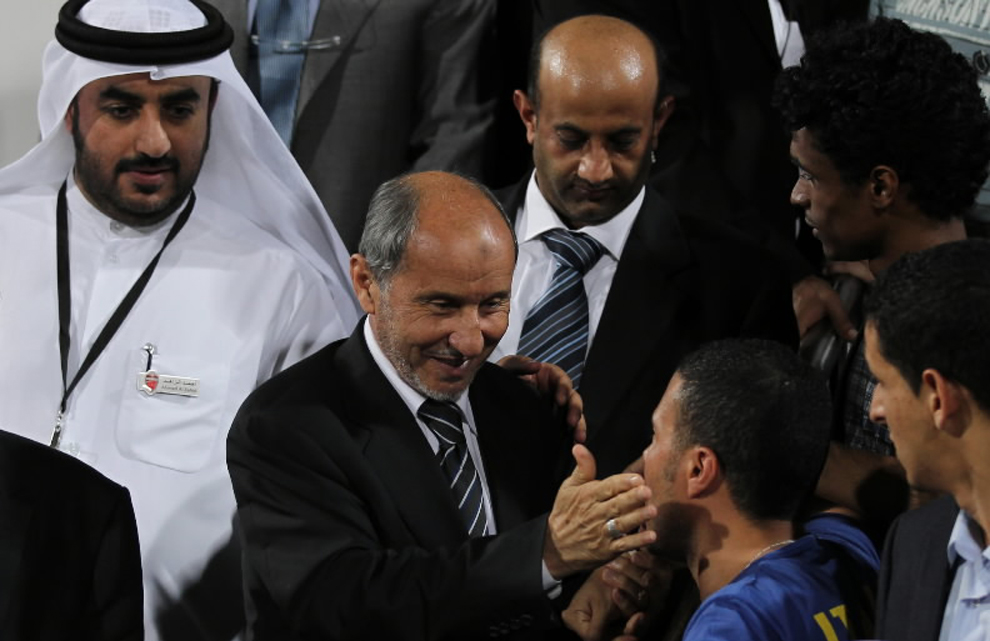
Libya's National Transitional Council chief Mustafa Abdel Jalil (center) meets the footballers during an all-star international charity football match at the Al-Ahli stadium in Dubai to raise funds for the children of Libya on Nov. 8. (Karim Sahib/AFP/Getty Images)
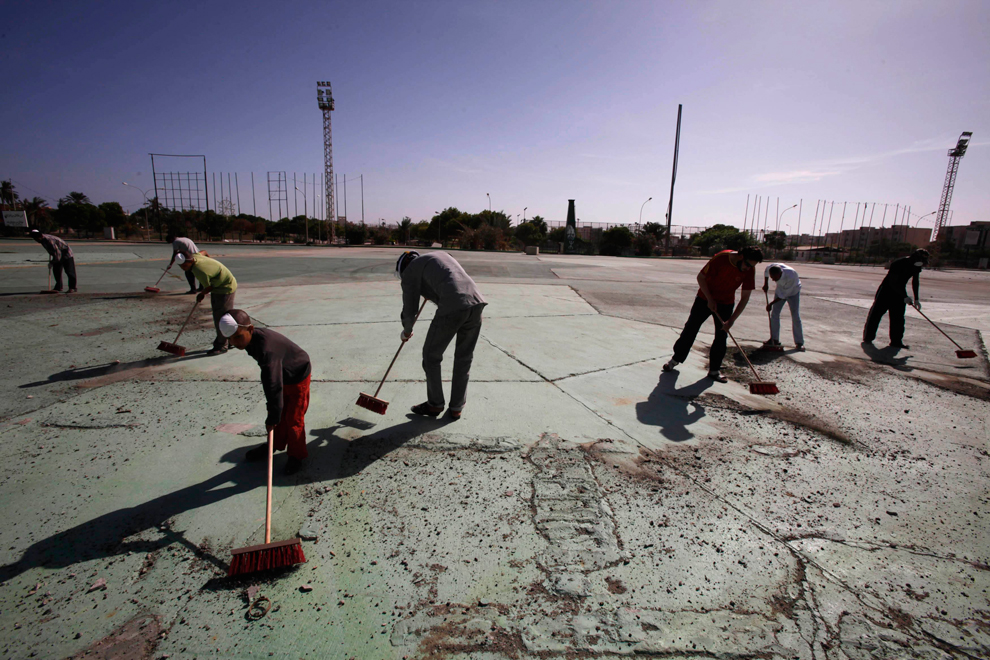
Bullet cartridges litter the ground as residents give a clean sweep of the freedom square in the center of Sirte after returning to their houses in Sirte Nov. 1. (Youssef Boudlal/Reuters)
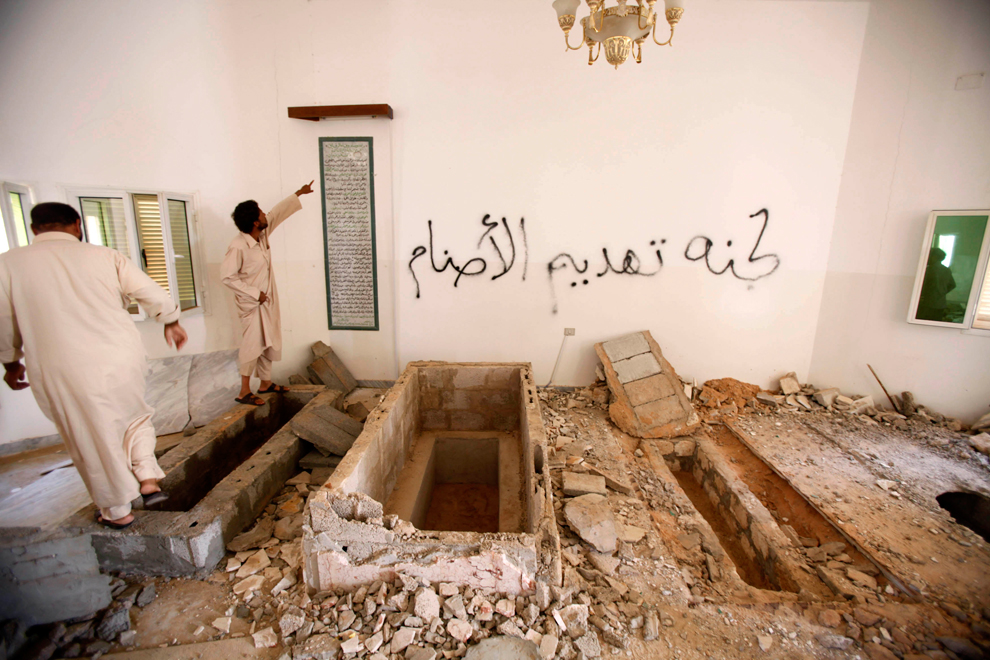
Members of Moammar Khadafy's tribe stand next to the destroyed graves of Khadafy's mother, uncle and two other relatives in Wadi Jaref, located on the outskirts of Sirte, Oct. 29. The tribesmen said the graves were dug out by anti-Khadafy fighters, 15 days before Khadafy died. (Youssef Boudlal/Reuters)
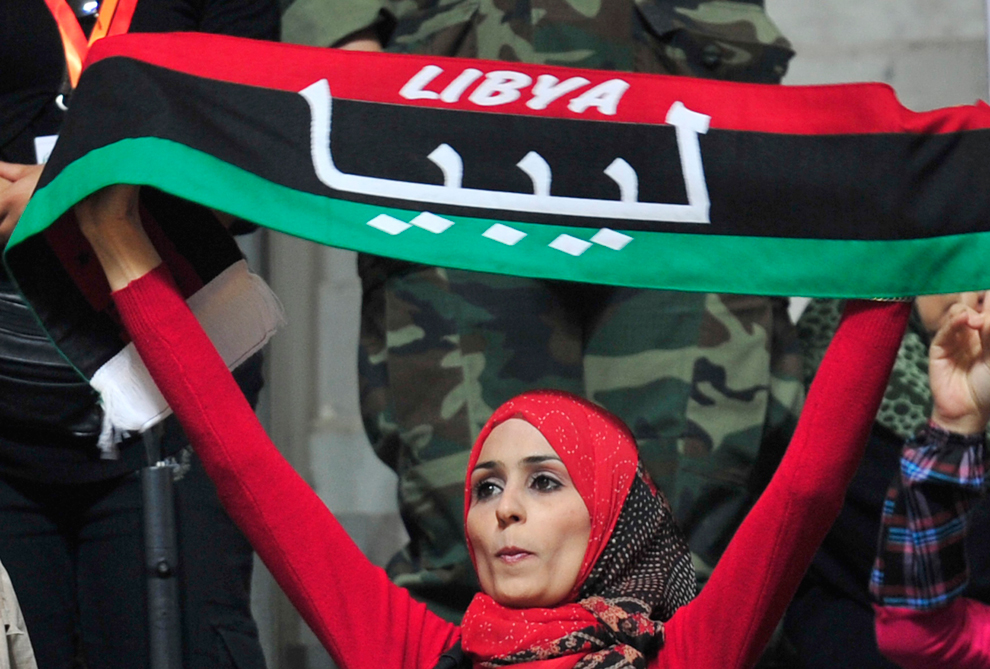
A woman holds the flag of Libya during a ceremony honoring the field commanders of the Eastern Front in Benghazi Oct. 29. (Esam Al-Fetori/Reuters)
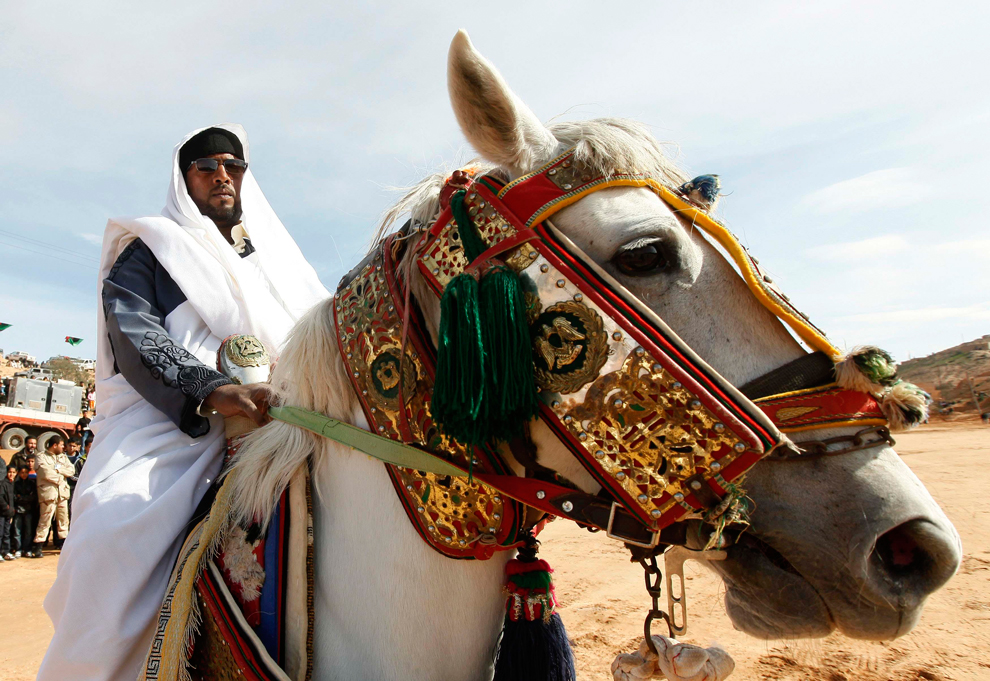
A horseman, wearing traditional Zintan clothes, celebrates the liberation of Libya in the Western Mountains, 160 kilometres southwest of the capital of Tripoli, Nov. 15. (Ismail Zitouny/Reuters)
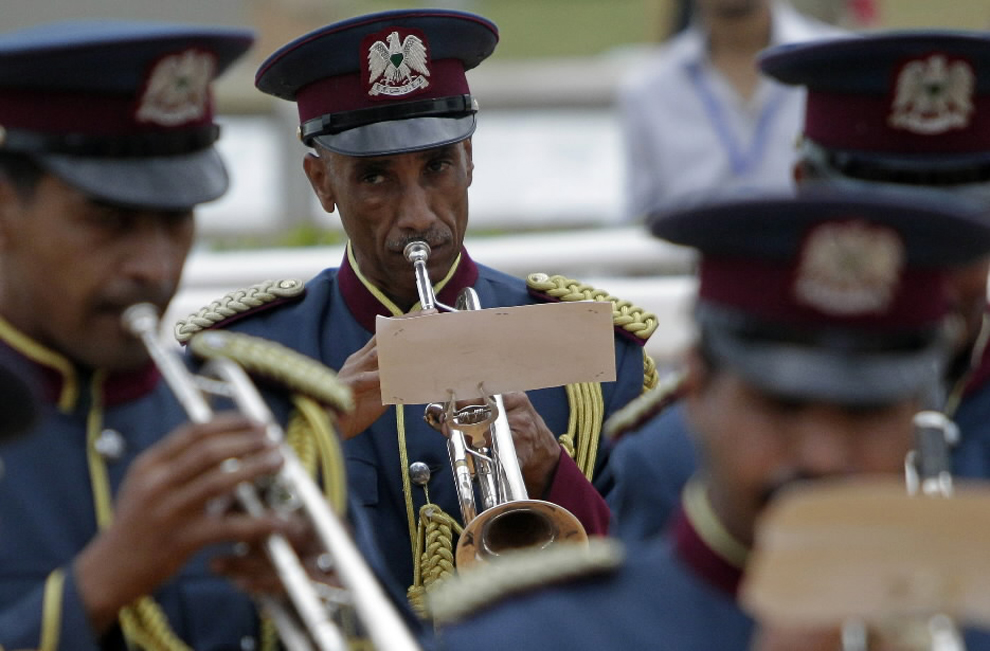
The orchestra of the National Army loyal to Libya's new rulers take part in a military parade Nov. 2 organized by the municipality of Tripoli to celebrate the ouster of former leader Moammar Khadafy. (Joseph Eid/AFP/Getty Images)
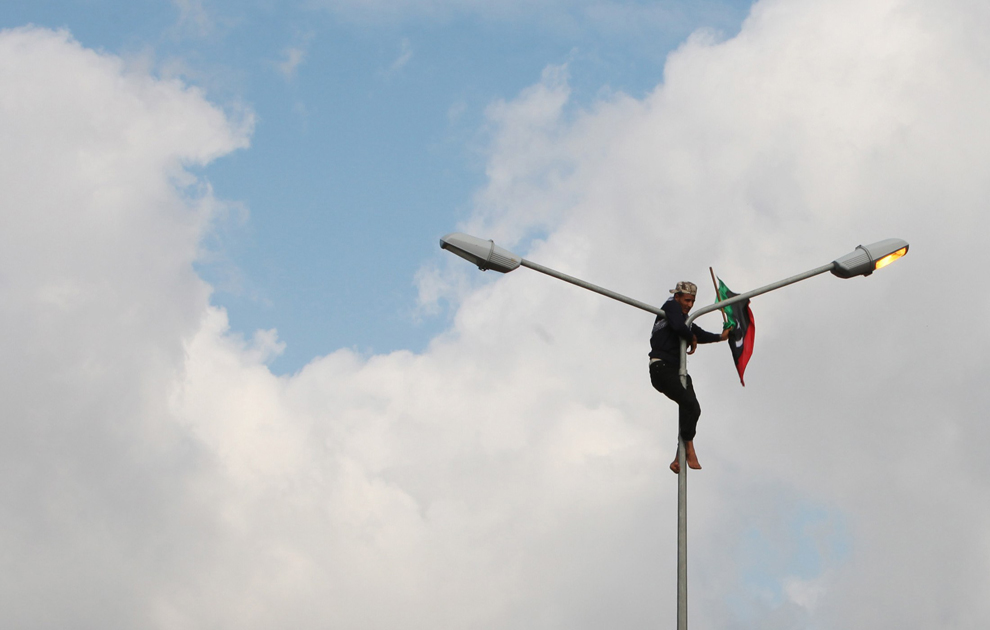
A man climbs up a street lamp to hang the new Libyan flag during celebrations after three days of clashes among rival communities in Al-Zahra 32.2 km (20 miles) west of Tripoli Nov. 14. Despite continued gunfire and explosions near Tripoli Libyan officials and fighters said a bloody local dispute that has strained nerves in the city for three days was being resolved. Compared to exchanges of rockets and machine gun fire in which medics said at least seven fighters were killed. Clashes were limited a result, officials said, of a deal among leaders from the capital and rival communities from the town of Zawiyah and clan leaders of the Wershifanna tribe. (Ismail Zitouny/Reuters)

Teams from Libya's National Transitional Council collect unexploded ordnance buried underground by the Khadafy regime at a military base in Tajura, about 30 km (19 miles) east of Tripoli Nov. 16. (Mohammed Salem/Reuters)
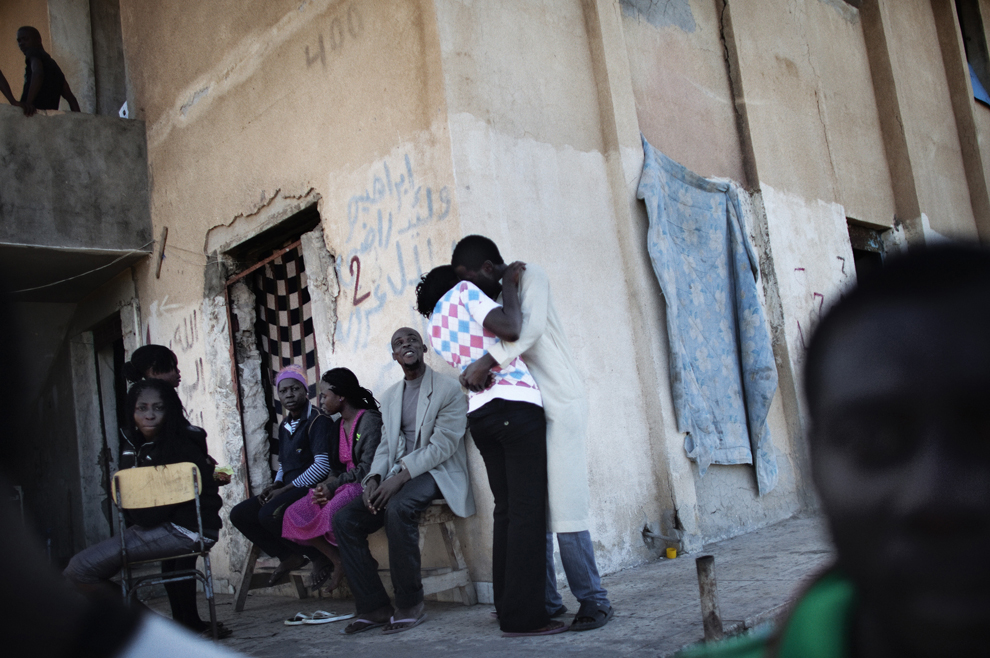
Two African immigrants dance outside a building they occupy at the Janzur Port makeshift refugee camp in Sidi Bilal , just outside Tripoli on Oct. 25. A community of more than one thousand African immigrants have occupied the run down structure once used by an elite diving unit of the Libyan Navy as a training field. They came from all over the country at the beginning of the revolution in February and sought refuge in the abandoned structure, awaiting an uncertain future in Libya or facing the risks of deportation. (Marco Longari/AFP/Getty Images)
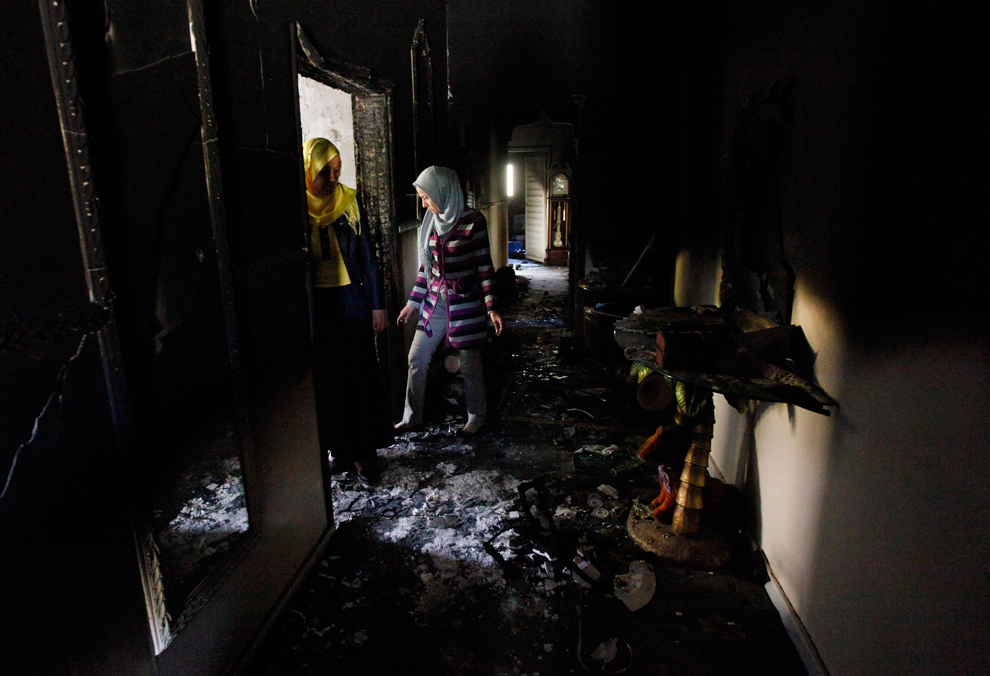
Libyan women check their house which had been burnt during the conflict between rebel fighters and Khadafy loyalists, after they returned to Bani Walid Oct. 27. (Ismail Zitouny/Reuters)
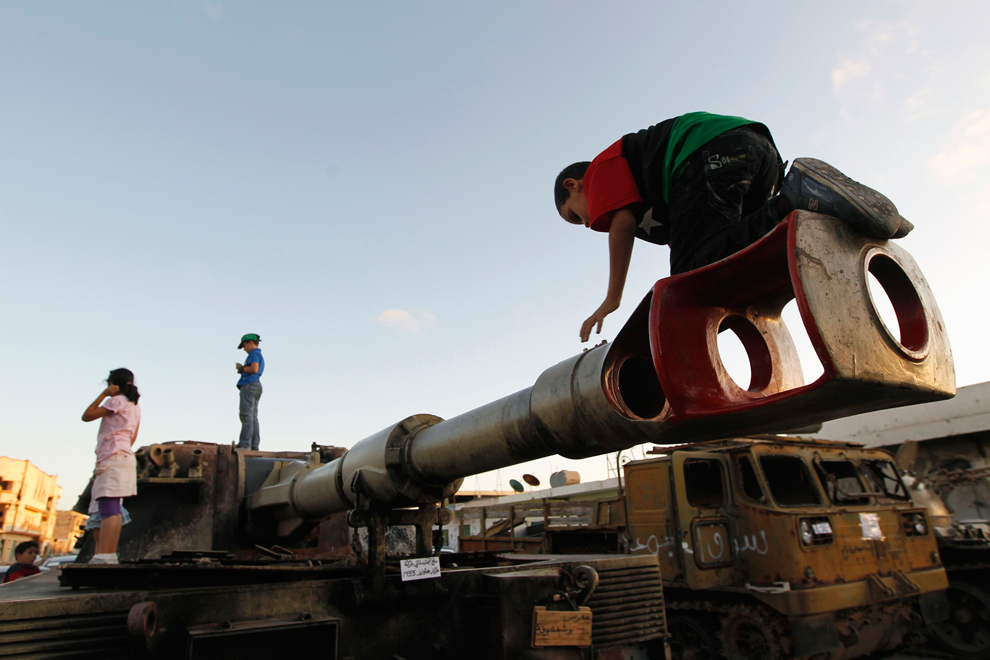
Children play on a 155mm howitzer that belonged to former Khadafy regime forces, in Misrata Oct. 27. (Thaier al-Sudani/Reuters)
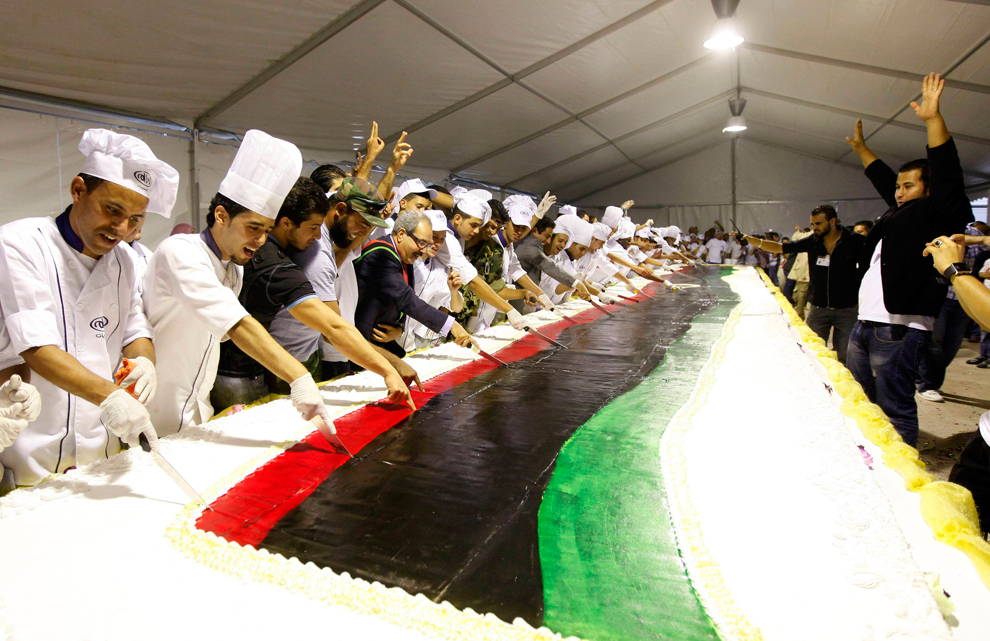
Libya's Justice Minister Mohammed Al-Alagi cuts a cake with others to celebrate the liberation of Libya in Tripoli Oct. 2. (Ismail Zitouny/Reuters)
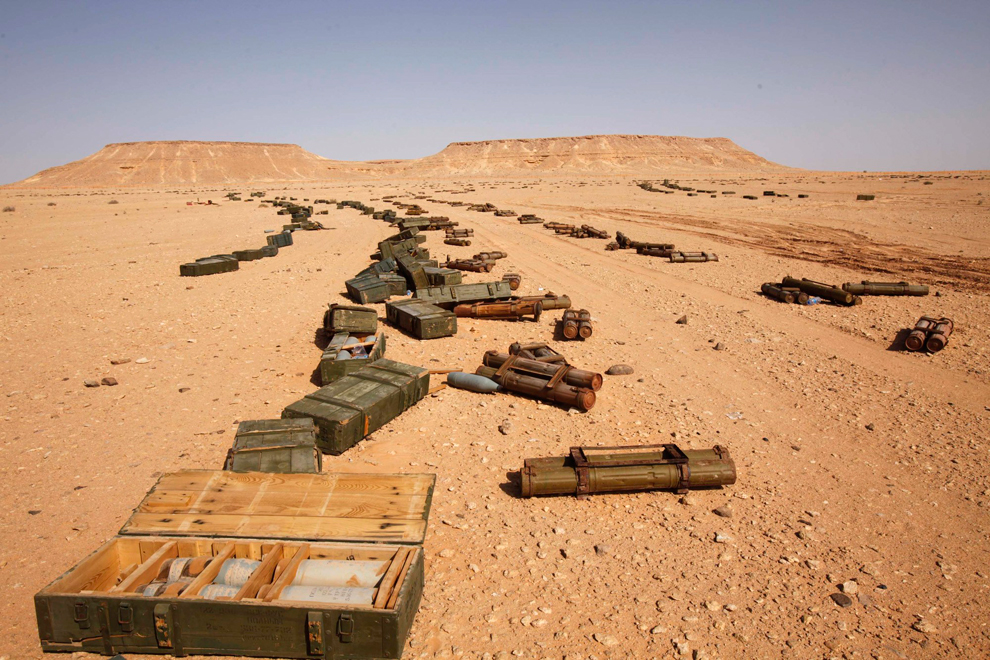
Crates containing shells and hand rockets are seen in a desert some 130 km (81 miles) south of Sirte Oct. 30. (Youssef Boudlal/Reuters)

A man walks in a cemetery where soldiers loyal to former Libyan leader Moammar Khadafy are being buried in Misrata Oct. 25. (Thaier al-Sudani/Reuters)
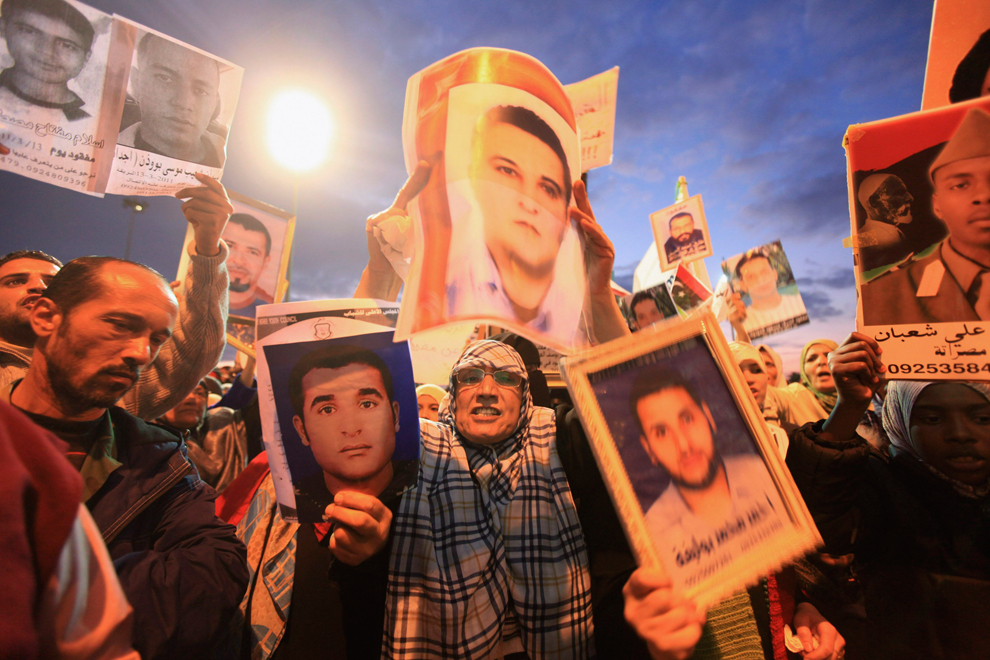
Libyans hold pictures of people who have gone missing in the civil war, during a demonstration in Benghazi Nov. 19. (Esam Al-Fetori/Reuters)
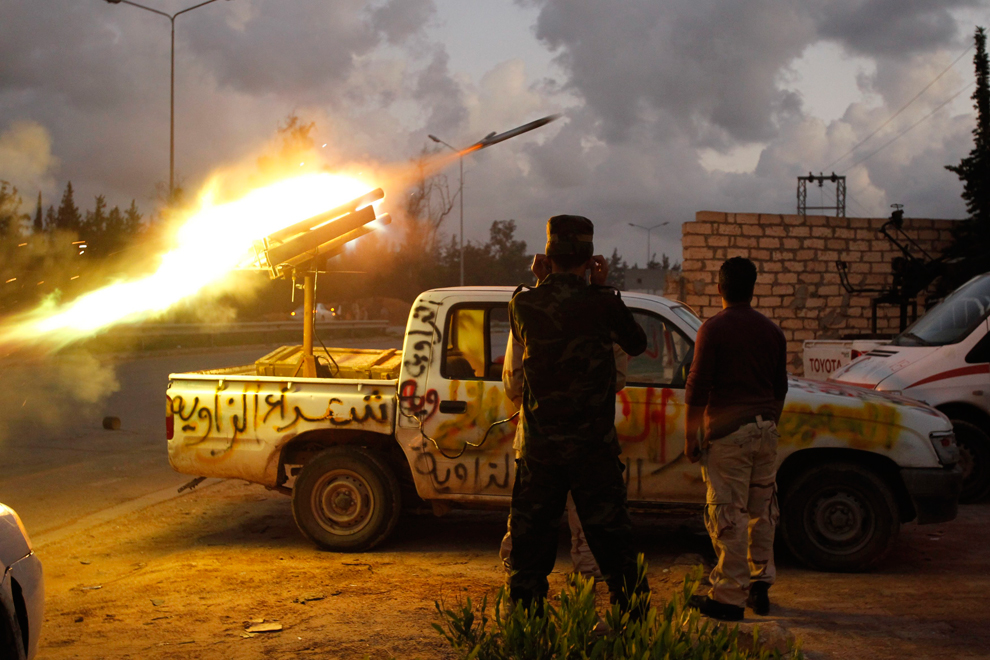
Fighters from Zawiya city fire a rocket towards the Warcfana tribe at the front line of the city, about 40km (25 miles) from Tripoli Nov. 12. (Youssef Boudlal/Reuters)
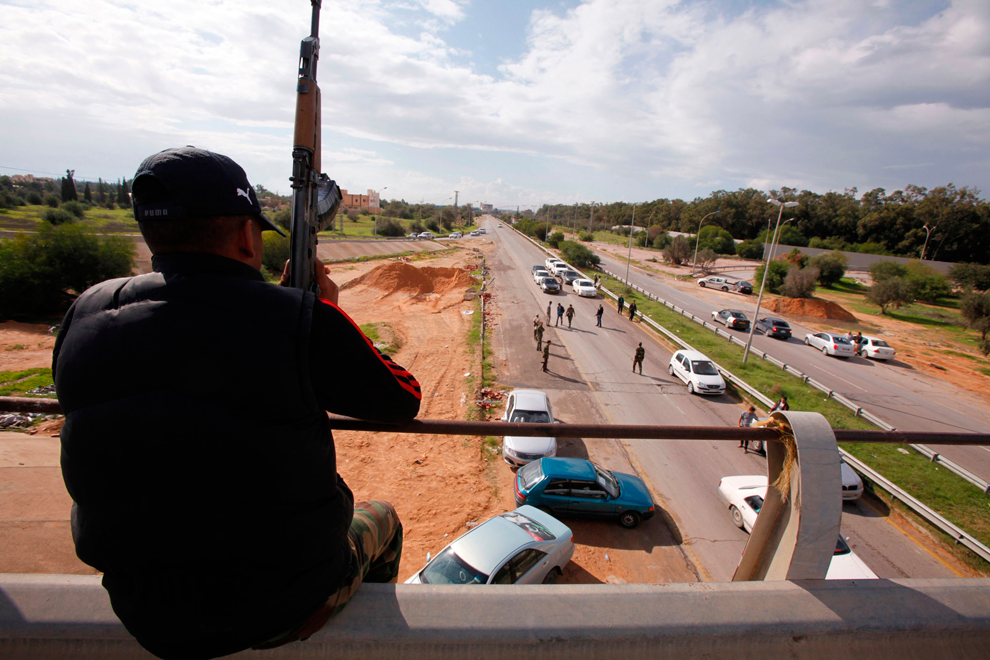
Fighters of Zawiya city stand at a new checkpoint at the entrance of Zawiya city, about 40km from Tripoli Nov. 11 after a fight between the fighters and Warcfana tribes. (Youssef Boudlal/Reuters)
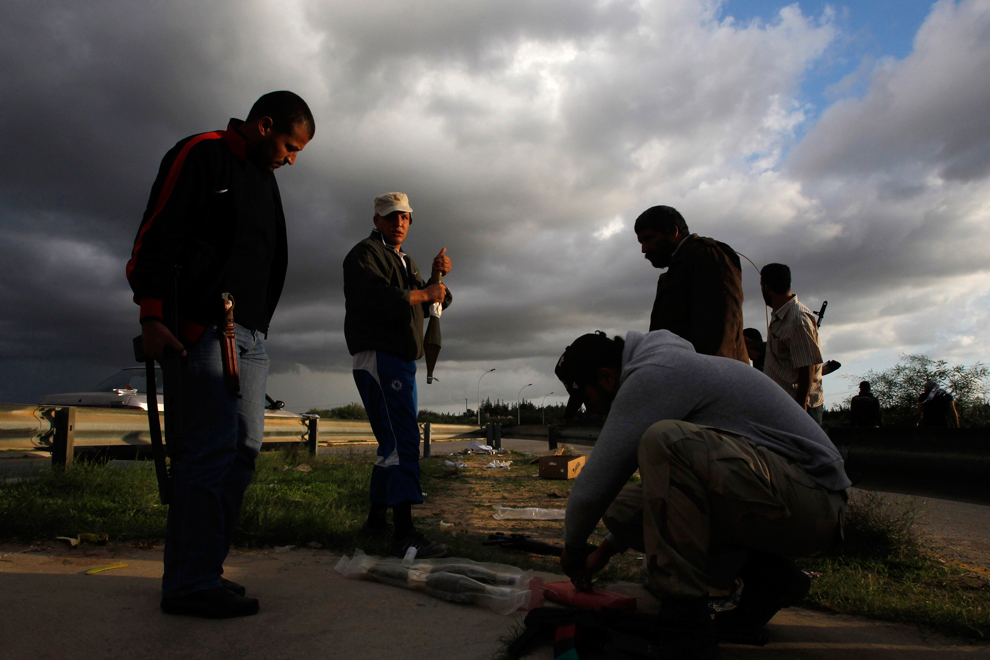
Fighters from Zawiya city prepare to head to the front line at the entrance of the city after heavy clashes between the Warcfana and Zawiya tribe, about 40km (25 miles) from Tripoli Nov. 12. (Youssef Boudlal/Reuters)
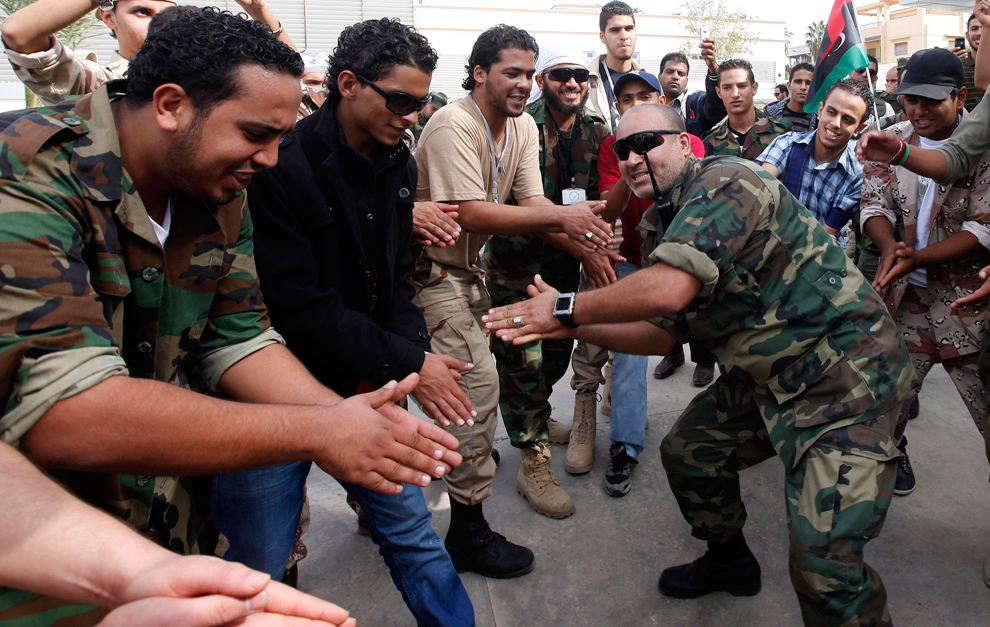
Libyan fighters dance during a demonstration for their wages to be paid in front of the Prime Minister's Office in Tripoli Nov. 9. (Ismail Zitouny/Reuters)
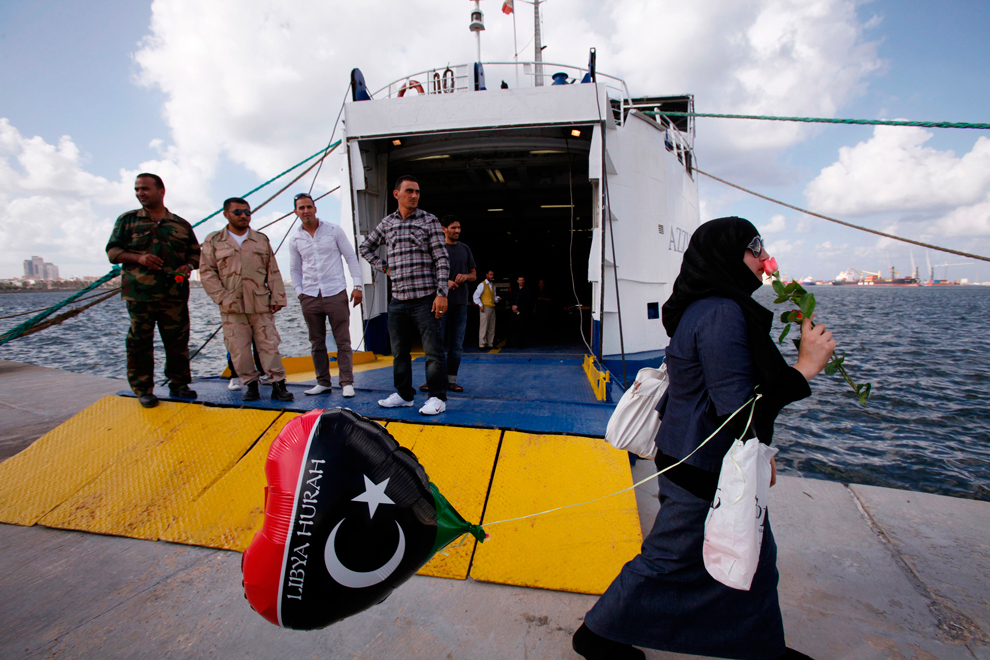
A woman passes by the first boat carrying travellers since February 2011 from Cyprus to Tripoli, at El Chaab sea port, in Tripoli, Nov. 10. (Youssef Boudlal/Reuters)
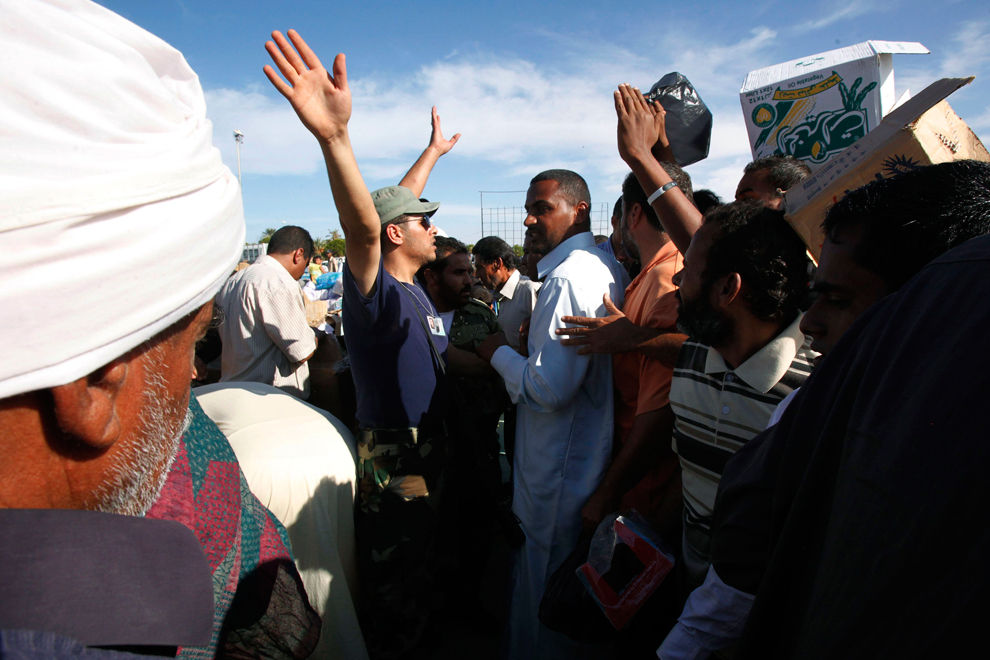
A man shouts to maintain order as civilians in Sirte line up to receive food and daily rations donated from various cities in Libya, Nov. 3. (Youssef Boudlal/Reuters)


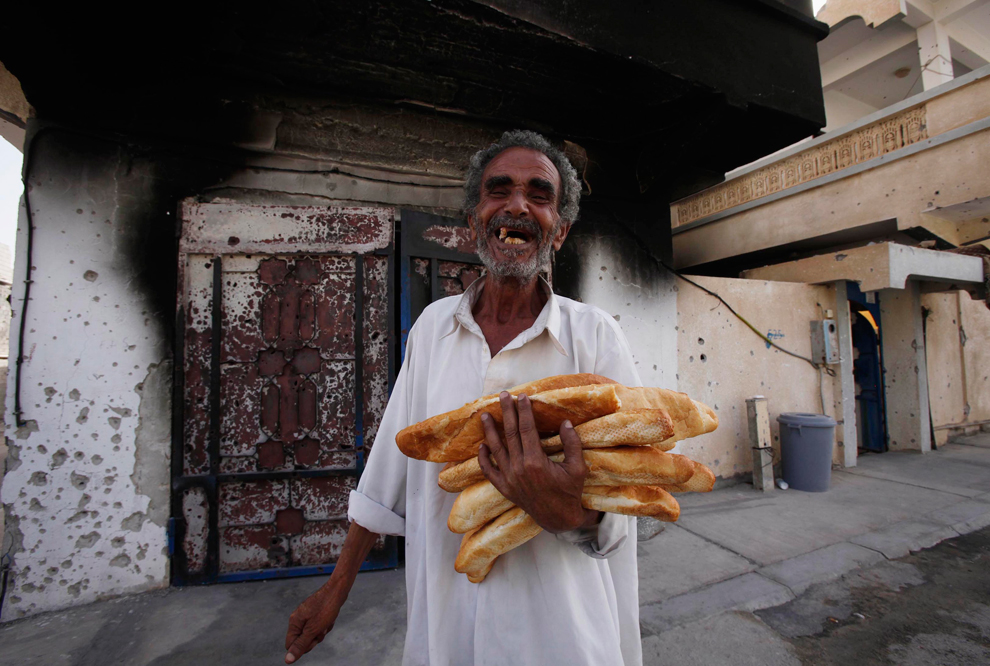
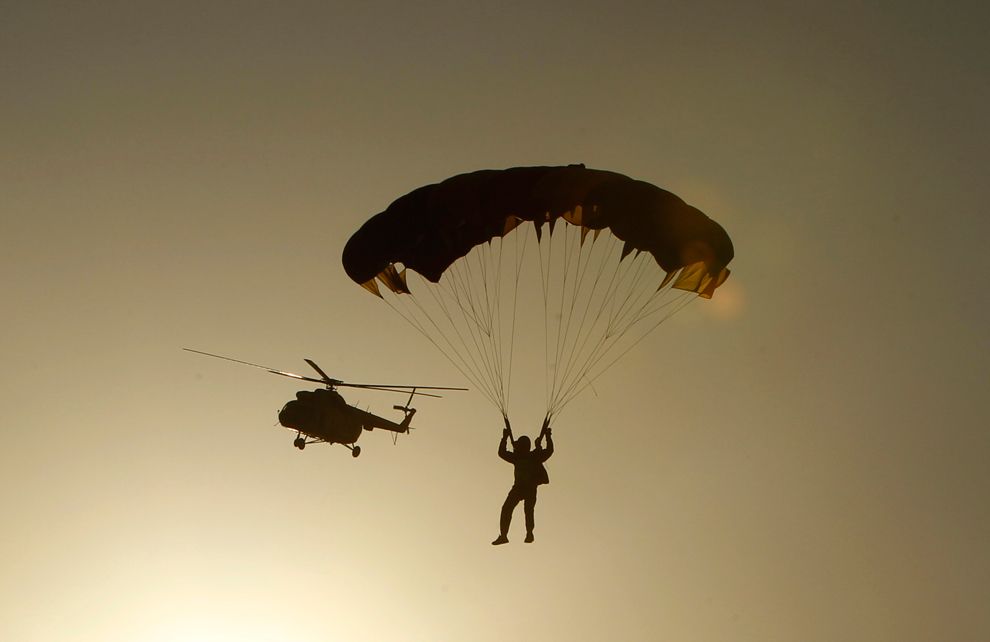
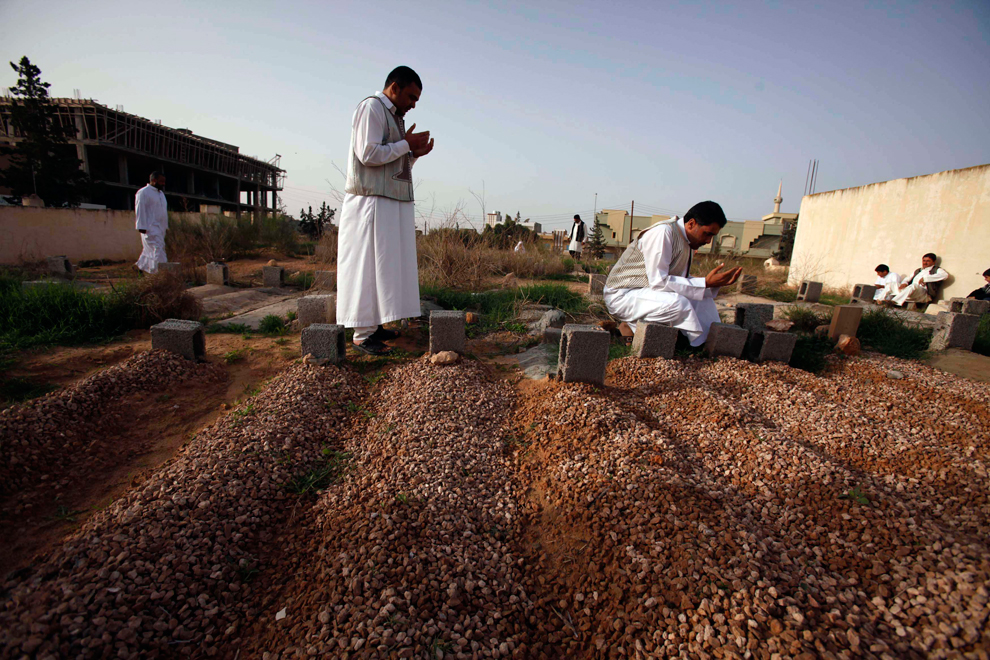
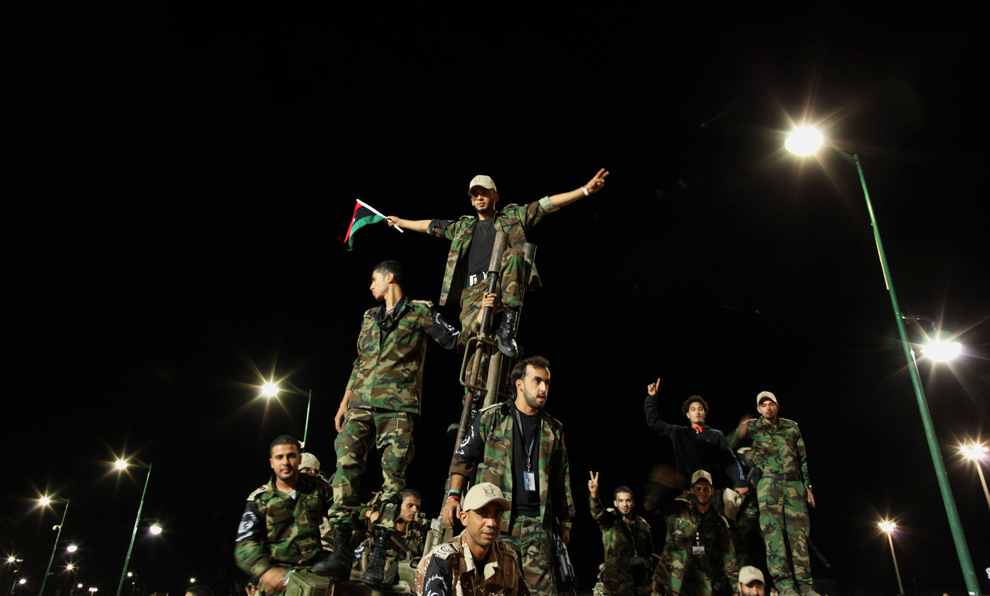










No comments:
Post a Comment